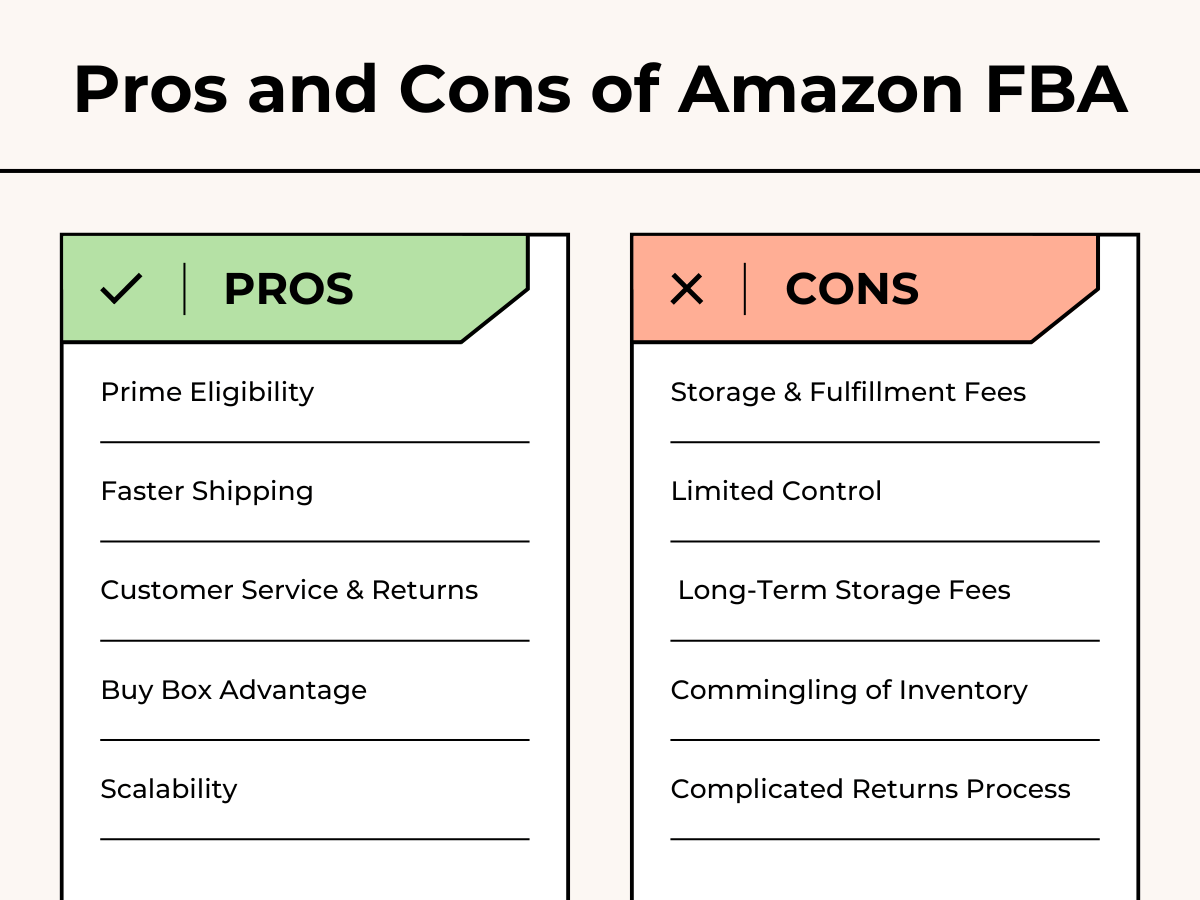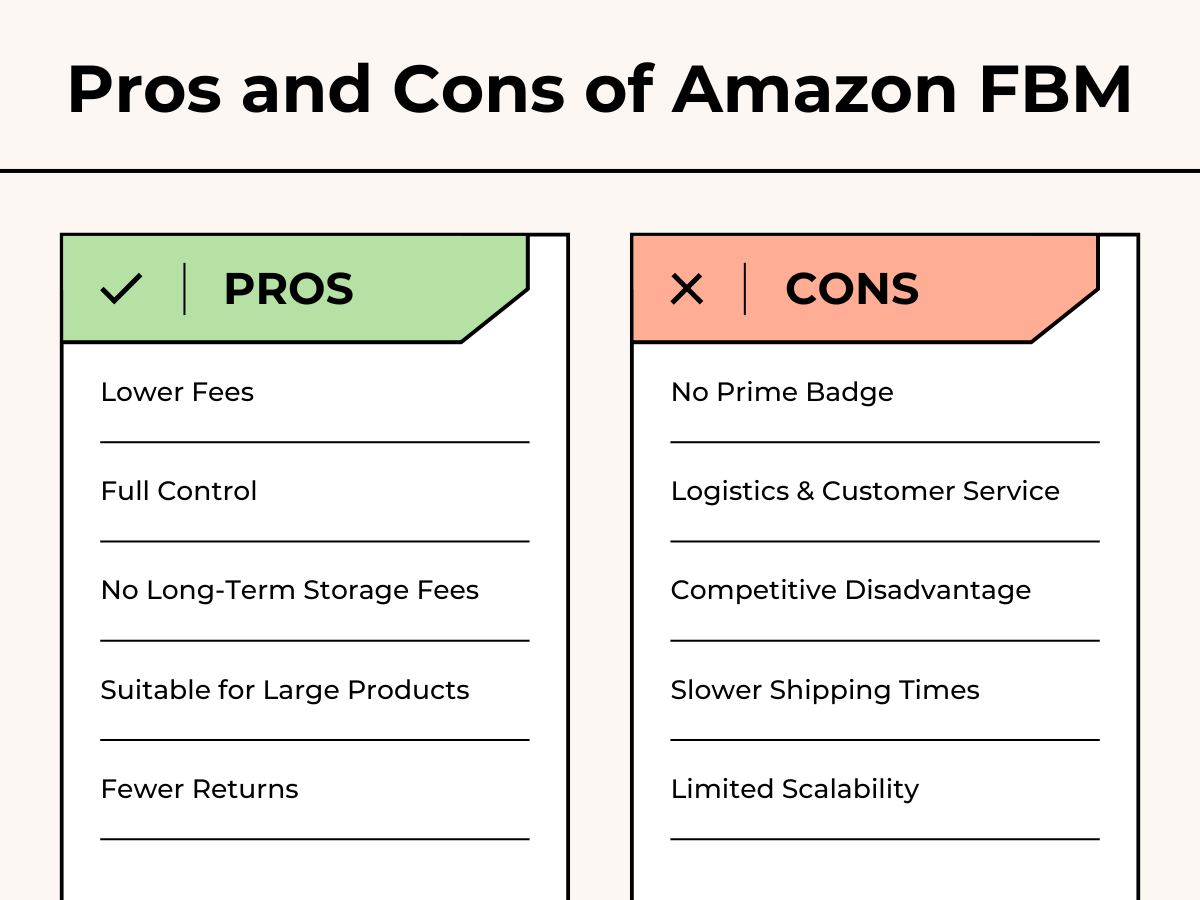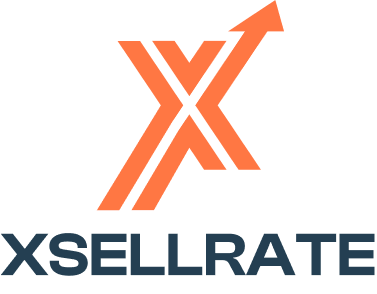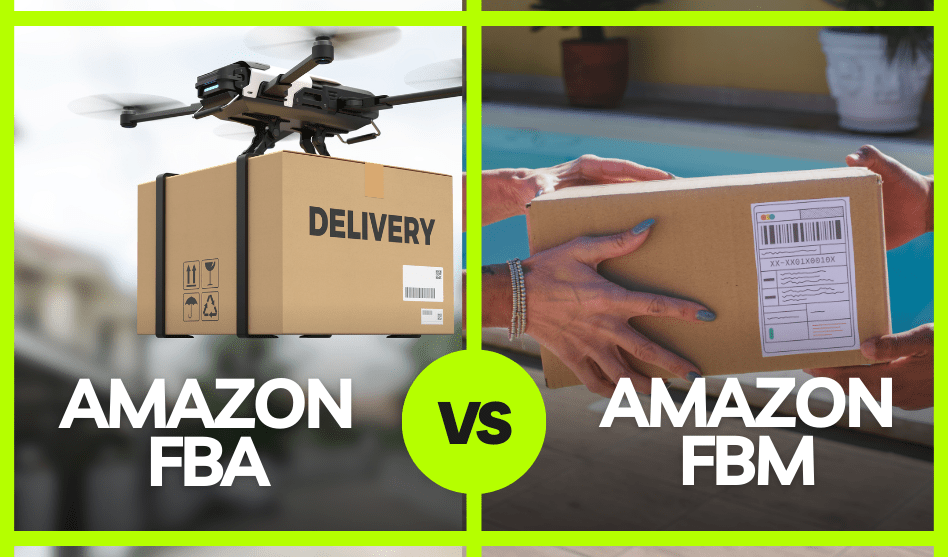Introduction
Choosing the right Amazon fulfillment method is crucial for success. Whether you’re a small seller or an established brand, Amazon provides different fulfillment options to cater to various business needs. The two primary Amazon fulfillment methods are Fulfillment by Amazon (FBA) and Fulfillment by Merchant (FBM).
In this guide, we will explore each of these options, their pros and cons, and help you determine the best Amazon fulfillment for your business after creating a Amazon seller account.
Also, Take a Few Minutes to Read This Helpful Blog: How to Start Selling on Amazon United Kingdom (UK): A Beginner’s Guide
Understanding Amazon Fulfillment Methods
1. Amazon FBA
Amazon FBA allows sellers to store their inventory in Amazon fulfillment centers, where Amazon handles storage, packing, shipping, and customer service.
How Amazon FBA Works:
A. Sellers send inventory to Amazon warehouses.
B. Amazon stores the products and manages logistics.
C. When a customer places an order, Amazon picks, packs, and ships the item.
D. Amazon handles customer service and returns.
Pros of Amazon FBA:
✅ Prime Eligibility: Products are eligible for Amazon Prime, which attracts more buyers.
✅ Faster Shipping: Amazon’s robust logistics ensure quick delivery.
✅ Customer Service & Returns: Amazon manages customer queries and returns, reducing your workload.
✅ Buy Box Advantage: Amazon FBA sellers often have higher chances of winning the Buy Box.
✅ Scalability: Ideal for sellers who want to scale their business without worrying about logistics.

Cons of Amazon FBA:
❌ Storage & Fulfillment Fees: Amazon charges storage and fulfillment fees, which can add up.
❌ Limited Control: You have less control over inventory and handling.
❌ Long-Term Storage Fees: If inventory doesn’t sell quickly, additional fees apply.
❌ Commingling of Inventory: Amazon may mix your products with those of other sellers, leading to potential quality issues.
❌ Complicated Returns Process: Returns handled by Amazon may be more lenient, leading to increased return rates.
2. Amazon FBM (Fulfilment by Merchant)
Amazon FBM allows sellers to store, pack, and ship their products themselves or through third-party logistics.
How Amazon FBM Works:
A. Sellers list products on Amazon.
Related Article: The Ultimate Guide to Amazon Product Research: Finding Winning Products
B. Once an order is received, the seller picks, packs, and ships it directly to the customer.
C. The seller handles customer service and returns.
Pros of Amazon FBM:
✅ Lower Fees: No Amazon FBA storage or fulfillment fees.
✅ Full Control: You control packaging, branding, and shipping.
✅ No Long-Term Storage Fees: Inventory is stored in your own facility.
✅ Suitable for Large or Custom Products: Great for bulky, handmade, or perishable items.
✅ Fewer Returns: As you handle fulfillment, you have more control over returns and restocking policies.

Cons of Amazon FBM:
❌ No Prime Badge: Products are not eligible for Amazon Prime, which can impact sales.
❌ Logistics & Customer Service: Sellers must handle shipping, tracking, and customer service themselves.
❌ Competitive Disadvantage: Amazon FBM listings may have lower chances of winning the Buy Box.
❌ Slower Shipping Times: Customers may prefer Amazon FBA listings due to Amazon’s fast delivery.
❌ Limited Scalability: As sales increase, managing fulfillment can become more challenging.
Choosing the Right Fulfillment Method for Your Business
The best Amazon fulfillment option depends on various factors such as product type, profit margins, logistics capabilities, and customer preferences. Amazon also offers various selling plans that help sellers understand product fees and costs, which vary based on the chosen Amazon fulfillment method.
Read Amazon Selling Plan Article: Choosing the Right Amazon Seller Plan: Individual vs. Professional
| Criteria | FBA | FBM |
|---|---|---|
| Prime Eligibility | ✅ Yes | ❌ No |
| Amazon Storage & Shipping | ✅ Yes | ❌ No |
| Customer Services & Returns | ✅ Amazon Handles | ❌ Seller Handles |
| Lower Fees | ❌ High Storage & Fulfillment Fees | ✅ No Storage Fees |
| Control Over Branding & Packing | ❌ Limited | ✅ Full |
| Best For | High-demand, small, and lightweight products | Custom, large, or perishable items |
Conclusion
Each fulfillment method— Amazon FBA and Amazon FBM—has its own advantages and disadvantages. If you prioritize fast shipping, customer service, and Prime eligibility, Amazon FBA is the best choice. If you want more control over inventory and lower fees, Amazon FBM is a great option.
Before making a decision, evaluate key factors such as product type, storage capacity, shipping costs, and customer expectations. However, managing multiple Amazon seller accounts—from listing creation to ranking—can be overwhelming. At Xsellrate, we help scale Amazon businesses with powerful content optimization and effective PPC strategies. Contact us today to accelerate your Amazon growth and stay ahead of the competition!
Which Amazon fulfillment method are you currently using? Let us know in the comments below!

